In cue sports, the draw shot is an essential control technique. By striking the cue ball below center, you can apply backspin to pull the cue ball backward, setting up better positions for your next shots.
However, many players frequently experience issues such as:
The cue ball doesn’t draw back as expected.
The cue ball overdraws and misses the intended position.
Miscues, mis-hits, or jumping balls when attempting draw shots.
Often, the root cause of these mistakes lies in the neglect of several critical details. Today, let’s break down the three key factors that can help you significantly improve your draw shot consistency.
1. Key Detail One: Are You Striking Low Enough on the Cue Ball?
Many players assume that hitting somewhere below center is enough to create a draw, but the exact contact point heavily influences the amount of backspin generated.
Common Mistakes:
Striking too close to the center, resulting in insufficient backspin and little to no draw.
Striking too low without stable cueing, leading to miscuing or even jumping the cue ball.
Recommended Adjustment:
For most draw shots, aim to strike approximately 6–8 mm below center on the cue ball.
For short draws, a slightly higher contact point works, but for longer draws, you must hit lower.
Tip: Use slow-motion video to verify whether you’re consistently hitting low enough on the cue ball.
2. Key Detail Two: Are You Maintaining Proper Cue Tip Contact?
Many players instinctively jab the cue ball quickly or pull the cue back too early, reducing the tip’s contact time and weakening the backspin effect.
Common Mistakes:
Rushing the cue action, causing the cue tip to “poke” instead of applying solid follow-through.
Nervously pulling back during contact, losing cue ball control.
Recommended Adjustment:
Focus on a smooth, steady stroke when executing draw shots.
Ensure you push through the cue ball with a relaxed follow-through, allowing sufficient contact time to impart effective backspin.
Practicing slow-speed draw shots is a great way to develop the feeling of “sticking” to the cue ball properly.
3. Key Detail Three: Are You Managing Cue Ball Distance Correctly?
The difficulty and success rate of a draw shot are closely related to the distance between the cue ball and the object ball.
Common Mistakes:
Attempting draw shots over long distances without sufficient control experience.
Failing to adjust stroke power and contact point based on varying distances.
Recommended Adjustment:
Start practicing short-distance draw shots (10–20 cm) and gradually increase the challenge.
Longer distances require lower contact points and increased stroke power — it’s essential to find the right balance.
Tip: Try the “Three Distance Drill”:
Short-distance draws (10–20 cm)
Mid-range draws (30–50 cm)
Long-distance draws (60 cm+)
This method helps you build precise feel and confidence across all distances.
Final Thoughts: Draw Shots Are All About Detail and Repetition
Remember:
Hit low enough to generate real backspin.
Keep your cueing smooth and your follow-through steady.
Control distance carefully and progress gradually.
The next time you practice, revisit these three fundamentals and see if you’ve been missing one. With focused, consistent training, you’ll significantly improve both your draw shot accuracy and positional control.
Mastering draw shots will give you more strategic control and open up new possibilities for high-scoring runs!


